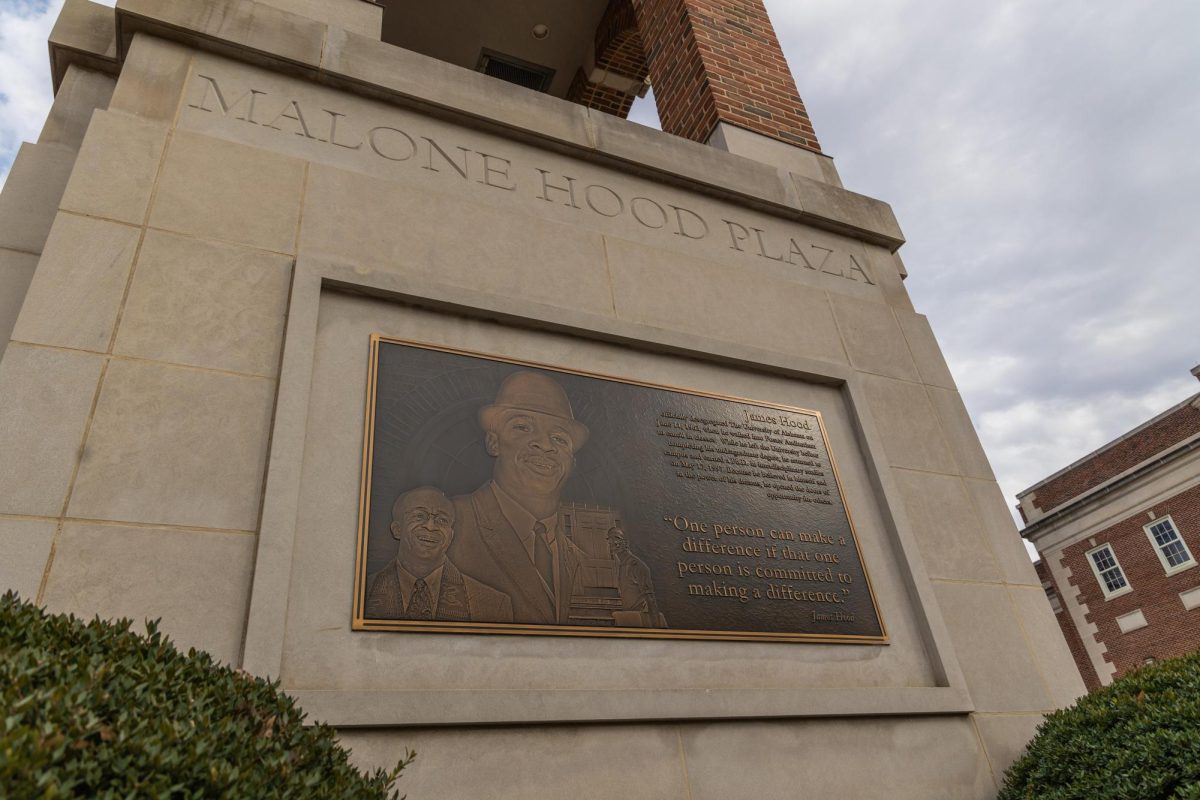Tuscaloosa is a college town. It’s been a college town since the state capitol moved to Montgomery in 1847. So why are the Tuscaloosa City Council and The University of Alabama making it so hard for students to live here?
Makayla Maxwell’s front-page story in last week’s print edition of The Crimson White provides a pretty dire summary of the problem. “Tuscaloosa’s July 2023 year-over-year rent price growth rate was over twice the national average of 3.57%,” but “there are no plans to build any more residence halls.” I’ve said this before: Tuscaloosa has a housing crisis.
Associate professor of finance O. Alan Tidwell explains that “the intersection of supply and demand for housing in Tuscaloosa yields the second-highest rental rates of Alabama cities. Only Auburn, Alabama has higher average rents.”
To take that out of economics-speak, more and more students are coming to the University every year, and we aren’t building nearly enough homes for them to move into.
“With respect to housing supply, systematically, we’ve underbuilt residential units both nationally and locally for nearly a decade coming out of the 2008-2009 housing market-induced recession,” Tidwell says. Surely the effects of years and years of insufficient construction have not been alleviated by Tuscaloosa’s yearslong moratorium on all large student housing developments.
However, Tidwell is somewhat hesitant to condemn Tuscaloosa’s recent moratoriums, saying the rate of constructing new housing must be “balanced with the city’s resources and ability to provide and manage infrastructure.”
Now, of course it’s essential to ensure new developments have necessary sewer, power and telecommunications infrastructure. The issue is that when City Council President Kip Tyner was talking to Maxwell, he didn’t mention sewers. He didn’t mention power and he didn’t mention broadband.
Tyner instead name-dropped the municipal politician’s reliable bogeyman: “increases in crime.” Politicians can justify anything by saying it will stop increases in crime.
Tidwell explains further that “rental rates are rising due to supply constraints and inflation while student demand is increasing. This is a recipe for high rental rates.”
If you don’t want to make chocolate chip cookies, you shouldn’t follow the recipe on the back of a Toll House bag. If you don’t want students to get priced out of your city, you shouldn’t place a yearslong moratorium on building new student housing.
“I can tell you something that every student housing resident will tell you: the rent is too damn high,” said Zachary Johnson, a student from Huntsville, Alabama, pursuing a master’s in public administration. Unless something major happens, that’s not likely to change any time soon.
After he saw how the Tuscaloosa City Council was handling the lead pipe problem in west Tuscaloosa, Johnson, who served as The Crimson White’s news editor for the 2021-22 academic year, “decided just writing about local politics wasn’t enough. I wanted to organize like-minded students around housing and urban development in state and local politics.”
This semester he’s founding the Tuscaloosa chapter of the Alabama Urbanists Coalition, a recently created organization that advocates “for walkable, mixed use urban environments” in Alabama.
“It is vital that, if we are to see an Alabama with greater housing equity and community-oriented development, we are the ones to build it. AUC-Tuscaloosa at least aims to lay the groundwork for that,” Johnson said.
Due to his coverage of UA’s problems with student housing overflows, Johnson concluded “that the national developers who run our apartment complexes are happy to price-gouge the University.” Instead of leasing hundreds of rooms from private off-campus complexes, the University needs to be building far more on-campus housing.
Johnson suggests three remedies to Tuscaloosa’s housing crisis: “enforcing basic safety in student complexes,” building “more missing middle housing,” and potentially instituting a “cap on rent increases for student apartments.”
Making Tuscaloosa affordable for students wouldn’t just help students. When I interviewed Tuscaloosa Housing Authority executive director Chris Hall last spring, he said building more student housing could actually “create opportunities for [THA] residents” who utilize Section 8 housing vouchers.
If the Tuscaloosa City Council genuinely cared about low-income residents’ access to affordable housing, it wouldn’t be placing moratoriums on building student housing. It would be copying places like Montgomery County, Maryland, by building publicly owned, mixed-income housing. It would follow the example set by Minneapolis, which eliminated single-family zoning and is now beating inflation.
Tuscaloosa Mayor Walt Maddox claims that “we see that Tuscaloosa has enough student apartments.” I don’t see that and I don’t think you do either. What Tuscaloosa has is an incredible deficit of student housing, making housing more and more unaffordable every year for both college students and Tuscaloosa’s low-income residents.
Would-be Tuscaloosa residents are being driven across the river, depriving Tuscaloosa of needed tax revenue and causing more unnecessary pollution. According to the U.S. Census Bureau, Northport’s population increased by 33.4% between 2010 and 2020, while Tuscaloosa’s population increased by barely 10%.
To remain affordable for all of its residents, Tuscaloosa needs far more building, meaningful public investment in housing, a rent-stabilization program, and an end to both moratoriums and restrictive zoning. In short, we need a total and complete rejection of the last several decades of Tuscaloosa’s housing policy.









